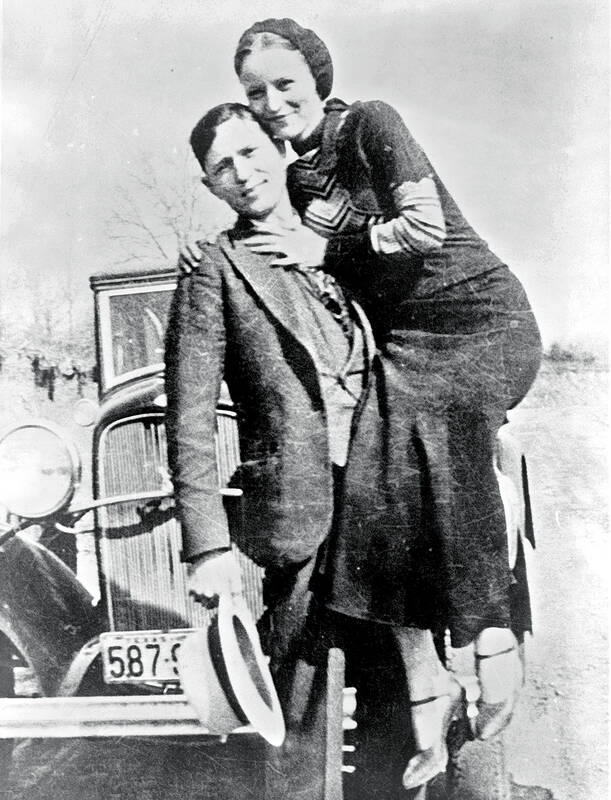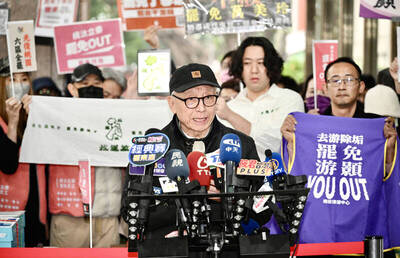John Oller’s new book tells how the FBI took down John Dillinger, Baby Face Nelson, Bonnie and Clyde and other celebrity criminals of the 1930s, as President Franklin Delano Roosevelt waged his “war on crime.” In prose fast as an Essex-Terraplane getaway car, Oller recounts and deconstructs the myths that grew around such bank robbers, kidnappers and killers. He also spotlights the agents who chased and caught and sometimes killed the criminals or were killed themselves — names long eclipsed by that of J Edgar Hoover, who led the FBI for 48 years.
“Hoover was such a larger-than-life figure and he wanted to keep it that way,” Oller says. “He wanted his agents to be anonymous. If any name was going to be associated with the FBI, he was going to be it. And he pulled it off. That’s the reason none of these guys that I write about have ever been known. They kept it that way.”
Like the criminals they hunted, agents (“G-Men” in the slang of the day) have occasionally been played by Hollywood stars: “In the movie Public Enemies with Johnny Depp as Dillinger, Christian Bale played [Hoover’s deputy] Melvin Purvis. It was total miscasting. But none of the other guys in my book are really known to the public. Sam Cowley [who killed Baby Face Nelson but was killed himself, in 1934] may be known a little bit, if you’re really versed in the genre.

Photo courtesy of Wikimedia Commons
“So I was attracted by the anonymity of these guys [and] I wanted to bring to the fore some of these people who had never been talked about … I wanted to track down the descendants.”
Oller did so, talking to sons and daughters, grandsons and granddaughters. If the result is a little more public interest in Walter Trainor, who unraveled the conspiracy behind the Kansas City Massacre, or Johnny Madala from Chicago, or Bill Rorer, who captured Machine Gun Kelly (the kidnapper, not the rapper), then to Oller, so much the better.
Oller is well aware the FBI’s reputation has never been spotless, though he does laugh at how distrust of the “Feds” has recently switched from left to right. Of Hoover, who died in 1972, Oller says he “takes a lot of criticism, some of it very justified.” Much of it comes from the 1950s and 1960s, when as the Guardian recently put it, Hoover pursued “strong-arm tactics, political manipulation and disregard for civil liberties, [using] the FBI’s extensive intelligence-gathering capabilities to monitor political dissidents, civil rights leaders and other groups he deemed a threat to national security.”
Looking back to the 30s, when Hoover sent agents chasing across state lines, Oller says: “One of the things a lot of critics say as well is, ‘Why did he spend all his time going after these two-bit bank robbers instead of the mafia, organized crime?’ The mafia, it was mostly a big-city phenomenon. They dealt in big-profit items: counterfeiting, prostitution, gambling, alcohol, drugs and the like. Whereas these guys” — Dillinger, Nelson et al — “were bank robbers and with some of these midwest banks they were taking a flyer, really.”
It was the time of the dust bowl and the Great Depression.
How much money would be in the bank?
“Sometimes the robbers were told, ‘Oh, there’s US$200,000,’ and they get there and there was only US$15,000 because the bank had just deposited its money in the Federal Reserve. But while bank robbery was fairly easy to succeed at, you had to be willing to shoot people, if necessary. There was killing of cops and innocent bystanders.”
“So I say in the book, it was true: if you were a Main Street shopkeeper or small-town cop or an innocent bystander on the street, you’re in much greater danger of being killed or seriously wounded by a John Dillinger or a Bonnie and Clyde than you were by Al Capone in Chicago. The mafia, big organized crime, they might go after each other at times, and they might go after the cops if they hadn’t paid them off sufficiently. But for the most part, it was the scourge of these bank robbers that got the FBI involved, and the kidnappings too.”

The Democratic Progressive Party (DPP), Chinese Nationalist Party (KMT), and the country’s other political groups dare not offend religious groups, says Chen Lih-ming (陳立民), founder of the Taiwan Anti-Religion Alliance (台灣反宗教者聯盟). “It’s the same in other democracies, of course, but because political struggles in Taiwan are extraordinarily fierce, you’ll see candidates visiting several temples each day ahead of elections. That adds impetus to religion here,” says the retired college lecturer. In Japan’s most recent election, the Liberal Democratic Party lost many votes because of its ties to the Unification Church (“the Moonies”). Chen contrasts the progress made by anti-religion movements in

Taiwan doesn’t have a lot of railways, but its network has plenty of history. The government-owned entity that last year became the Taiwan Railway Corp (TRC) has been operating trains since 1891. During the 1895-1945 period of Japanese rule, the colonial government made huge investments in rail infrastructure. The northern port city of Keelung was connected to Kaohsiung in the south. New lines appeared in Pingtung, Yilan and the Hualien-Taitung region. Railway enthusiasts exploring Taiwan will find plenty to amuse themselves. Taipei will soon gain its second rail-themed museum. Elsewhere there’s a number of endearing branch lines and rolling-stock collections, some

Last week the State Department made several small changes to its Web information on Taiwan. First, it removed a statement saying that the US “does not support Taiwan independence.” The current statement now reads: “We oppose any unilateral changes to the status quo from either side. We expect cross-strait differences to be resolved by peaceful means, free from coercion, in a manner acceptable to the people on both sides of the Strait.” In 2022 the administration of Joe Biden also removed that verbiage, but after a month of pressure from the People’s Republic of China (PRC), reinstated it. The American

This was not supposed to be an election year. The local media is billing it as the “2025 great recall era” (2025大罷免時代) or the “2025 great recall wave” (2025大罷免潮), with many now just shortening it to “great recall.” As of this writing the number of campaigns that have submitted the requisite one percent of eligible voters signatures in legislative districts is 51 — 35 targeting Chinese Nationalist Party (KMT) caucus lawmakers and 16 targeting Democratic Progressive Party (DPP) lawmakers. The pan-green side has more as they started earlier. Many recall campaigns are billing themselves as “Winter Bluebirds” after the “Bluebird Action”